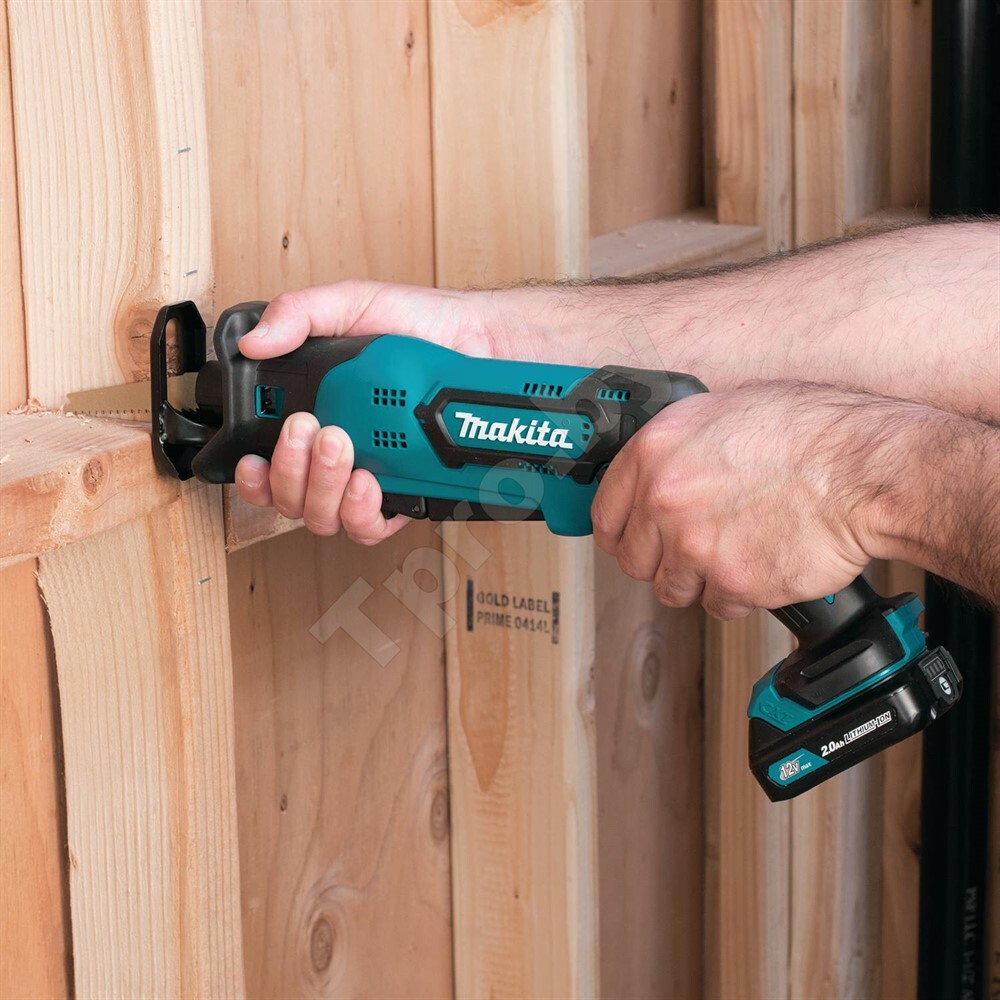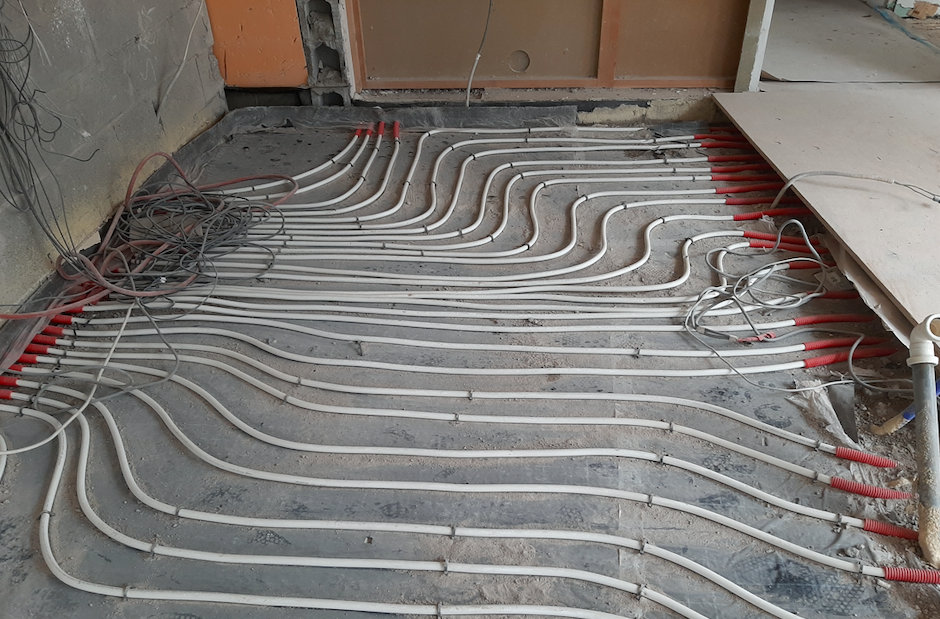Reciprocating saw - useful tool to use at home. To ensure high quality and safe work, you must familiarize yourself with the operating rules. Some nuances will allow even a beginner to quickly understand the operating features of the equipment.
The content of the article
-
Reciprocating saw operation and safety requirements
- How to cut metal
- How to make a cut-in
- How to cut pipes along a wall
- Techniques for working with a reciprocating saw
Reciprocating saw operation and safety requirements
Reciprocating plates create strong vibration. Special models equipped with an anti-vibration system are produced. But even this function does not completely protect against them.
The workpiece should be fixed as firmly as possible. It's better to use a vice. Even if they work with massive timber. Lack of fixation will provoke strong vibration of both the tool and the workpiece.
Important! It is necessary to ensure that the support shoe fits as tightly as possible to the workpiece. It is permissible for one canvas to move. Otherwise, the unit will not cut the part, but will hit it.
Some useful tips include:
- The equipment is held with both hands. It is forbidden to cut while holding the workpiece by hand.
- First, the saw is turned on, then brought to the desired blade. And the part is pulled out only when the tool is completely stopped.
- It is recommended to use straight blades.
- Workpieces should not hit surfaces or objects lying on the floor.
It is recommended to carefully plan each step before cutting, especially when processing heavy parts. If productive cutting is required, then you should use a pendulum blade stroke.
How to cut metal
One of the advantages of such a saw is that there are practically no sparks when working with metal. It can even be cut indoors. The part is pre-lubricated with oil. The stroke rate necessarily decreases. This will avoid overheating of the metal due to friction.
The unit must be immersed along the line. Do not change the cutting direction. Otherwise, it will provoke additional vibrations.

@stroiidea.ru
How to make a cut-in
Plunging allows you to expend a minimum of effort. For example, you can cut an opening in a door without removing it. It is worth abandoning long elastic parts. The difficulty will arise with the evenness of the line, so the canvas should not be deformed, even minimally.
They start by applying markings. A saw is placed above it. It is placed on the workpiece as a supporting element. The tool is tilted so that its end is close to the surface, but not in contact with it. The unit is turned on at medium speed. They begin to slowly change the angle of inclination without changing the reference point. Then you just need to follow the markings.

How to cut pipes along a wall
Sometimes you need to cut a pipe that is close to the wall. You should place the tool with its teeth up and cut the object, holding the saw in a vertical position. This creates a minimal dead zone on top of the equipment. The steps are quite simple.
Techniques for working with a reciprocating saw
There are techniques that can simplify the use of the unit. Among them:
- Long flexible blades are suitable for cutting flush with anything. And it will turn out neat. These blades are suitable for materials located in hard-to-reach areas. When you need to cut a pipe from the wall flush with it, just bend the edge of the blade a little and turn on the unit.
- Sometimes the reciprocating model is compared to a jigsaw, but it is rougher. It was noted that during operation the device provokes strong vibrations, and the support can deform the front side of the object being processed. To avoid this, it is enough to attach a soft material to the sole of the unit that reduces vibration vibrations. Then you don’t have to worry about leaving scratches.
- When cutting, the sole of the tool is pressed tightly against the working surface to minimize vibrations and make the cut more accurate. But due to the proximity of the teeth to the stop, they wear out more. It is better to use models whose sole height is adjustable. This will allow for more even wear.
- To speed up the work process, the unit is held at a slight angle to the surface. This will reduce the contact between the material and the equipment, which will reduce friction, speeding up the process. The main thing is that the sole is pressed more tightly to the surface.
- Sometimes the blade bends during the process. You can correct the situation with a hammer. The blade is placed on a flat piece of wood and tapped. You need to knock along the entire length, without hitting the teeth, so that they do not become dull.

@mobile.pigu.lt
The reciprocating saw has many additional features. The stroke of its blade can be either straight or in the form of a pendulum. On some models, the teeth can be set up or down. A special wheel allows you to limit the speed. This is a useful tool that will definitely come in handy in everyday life.


